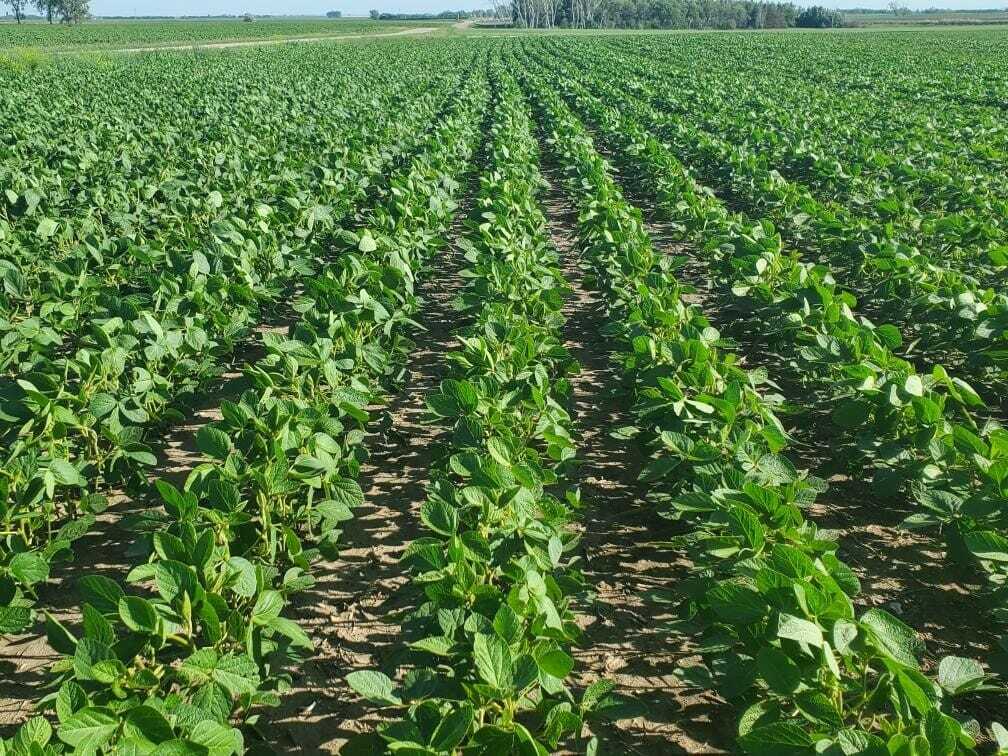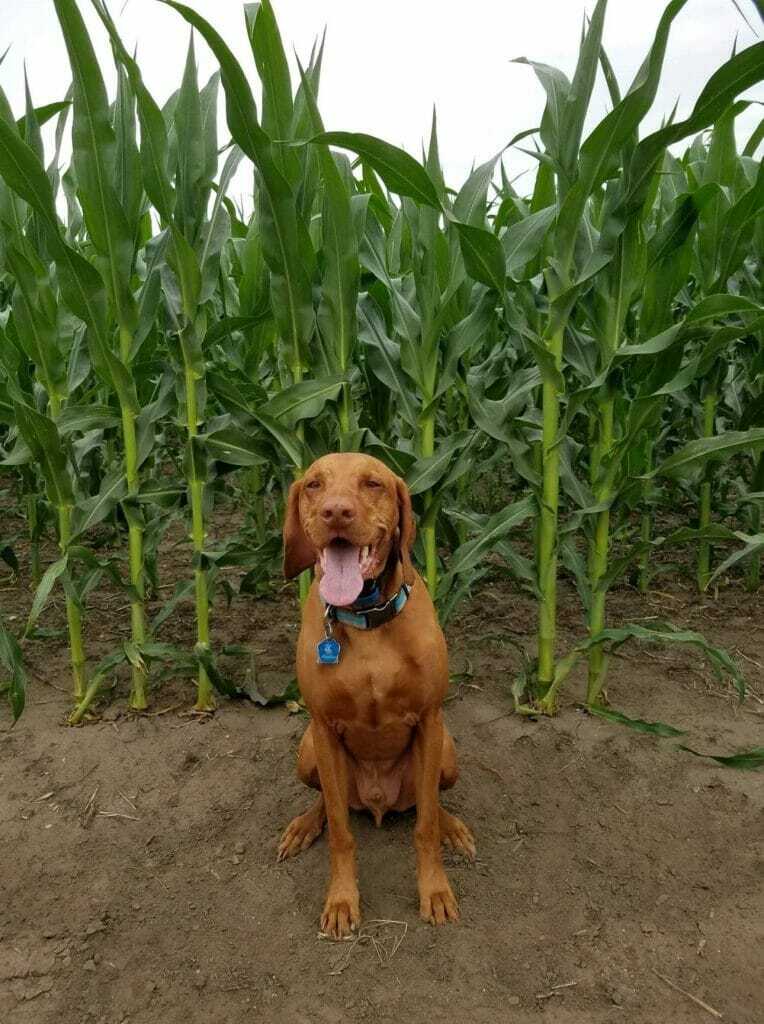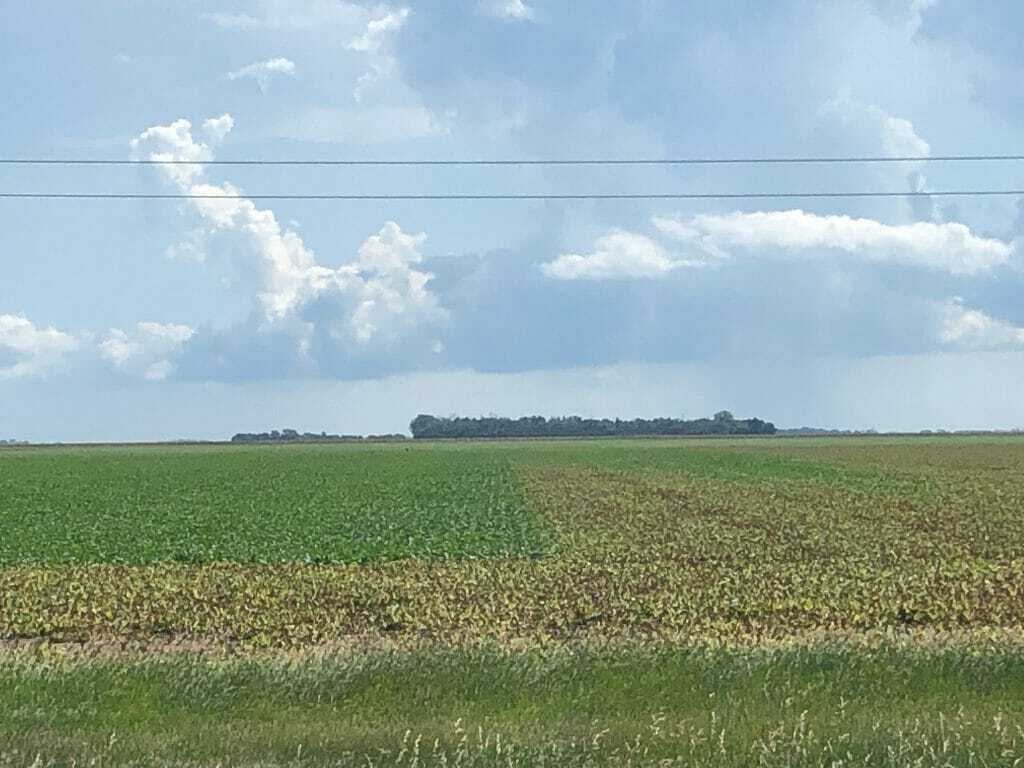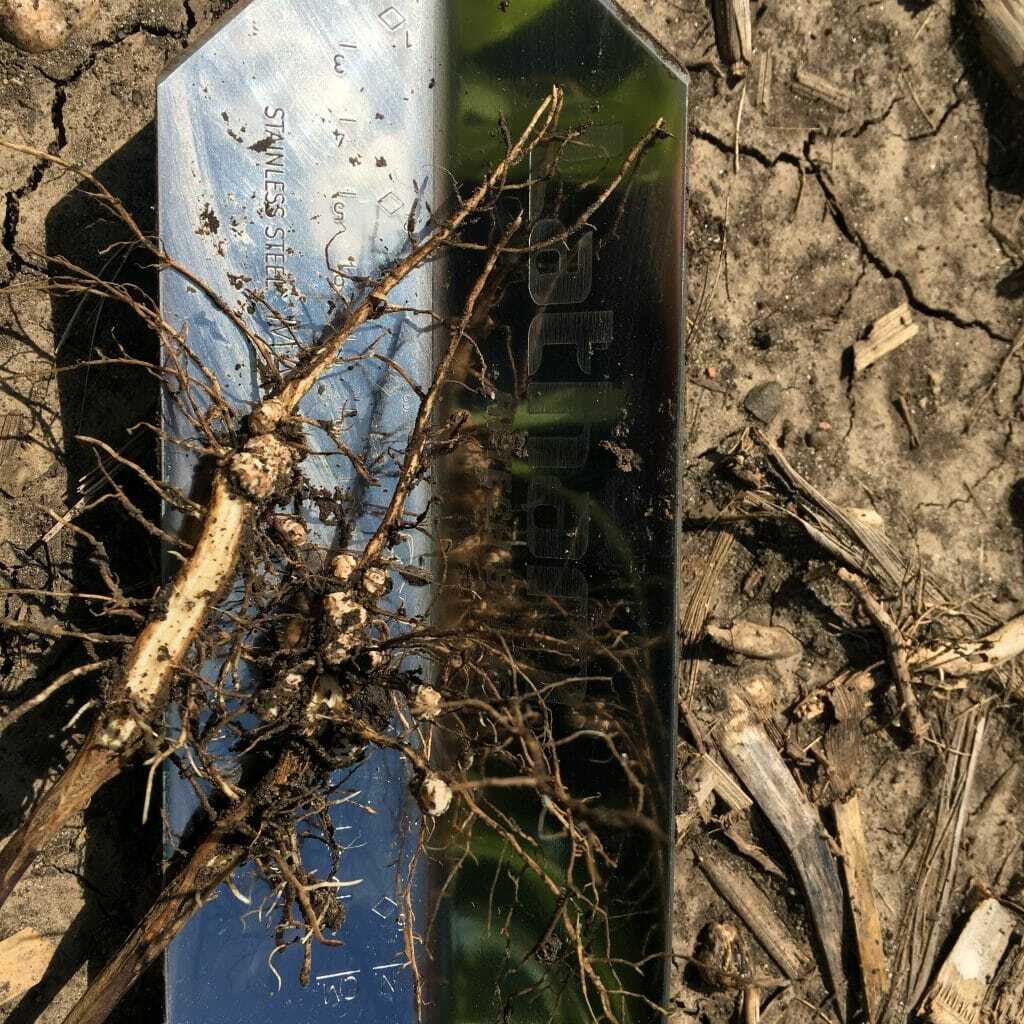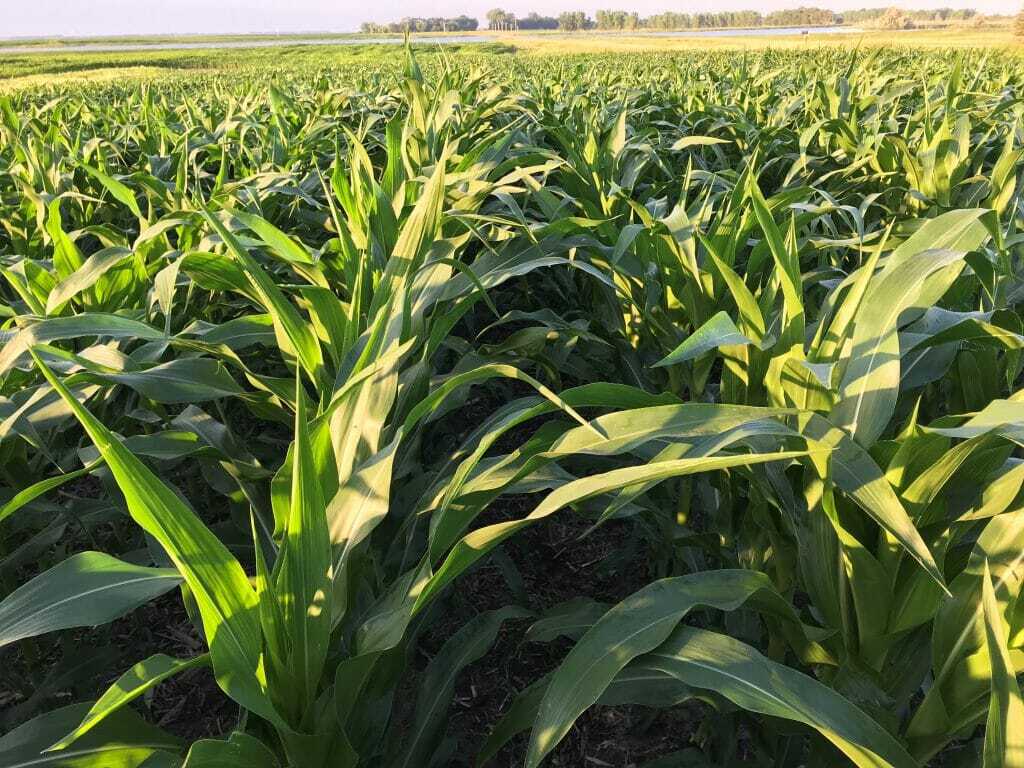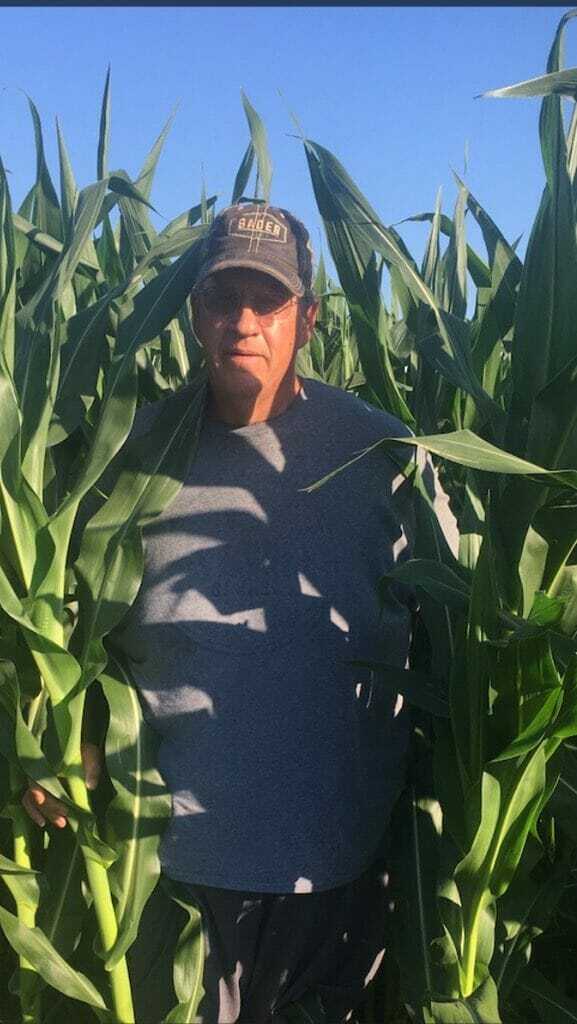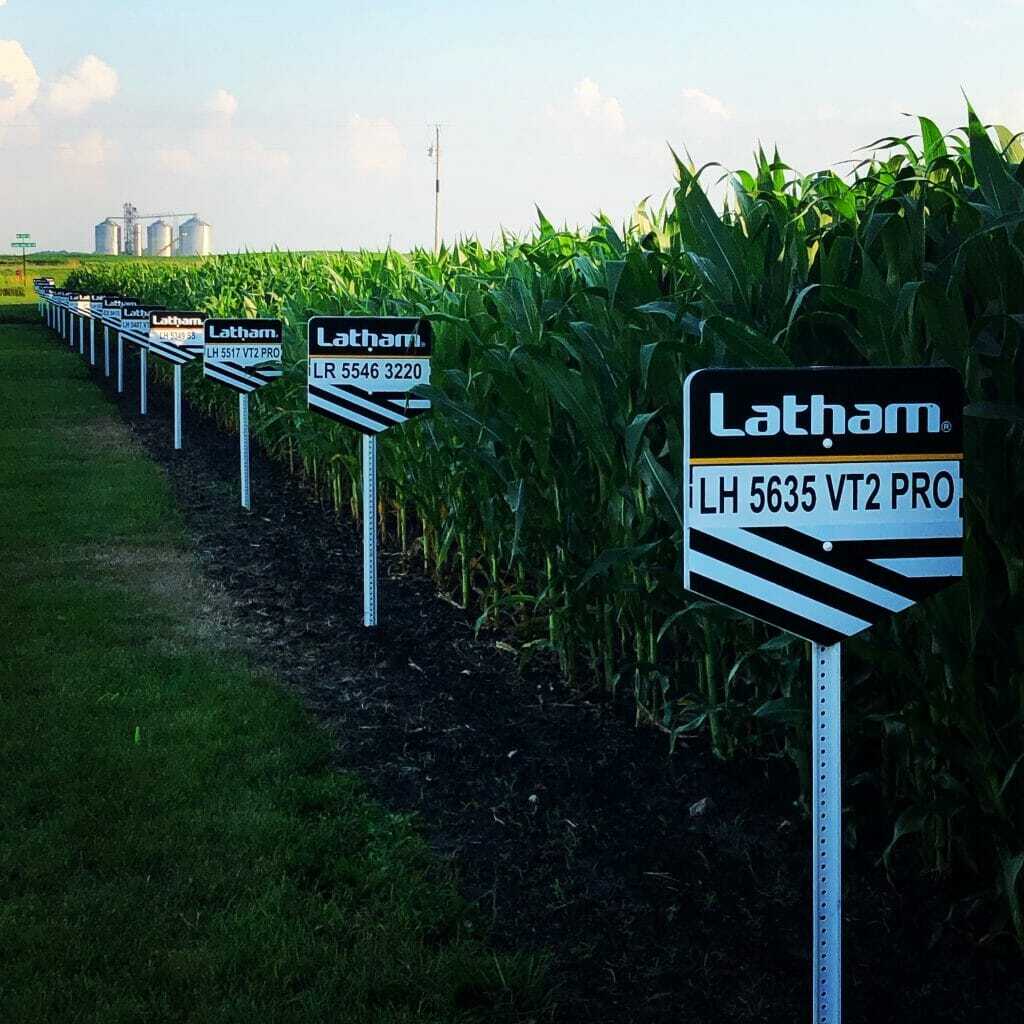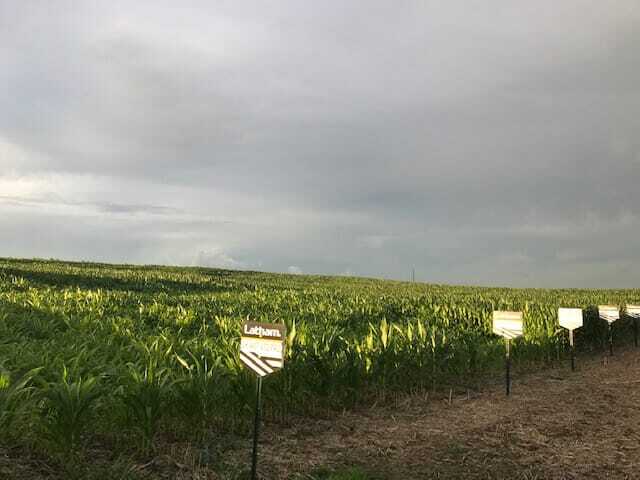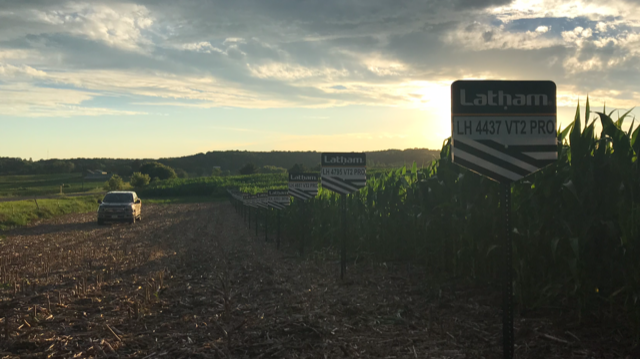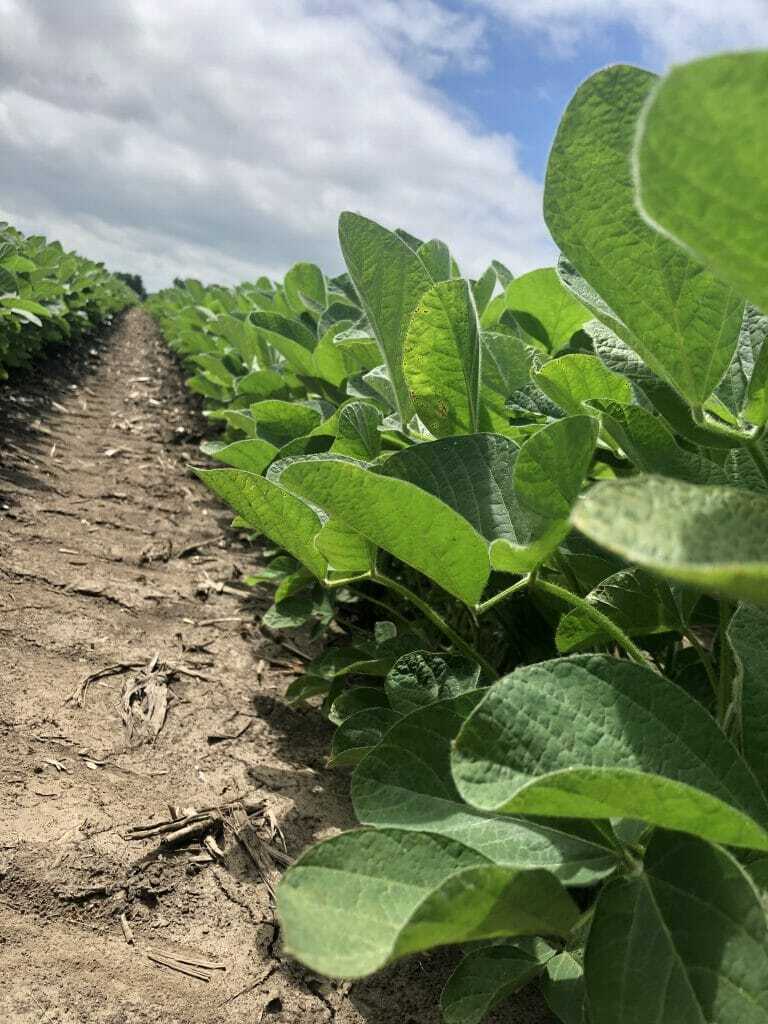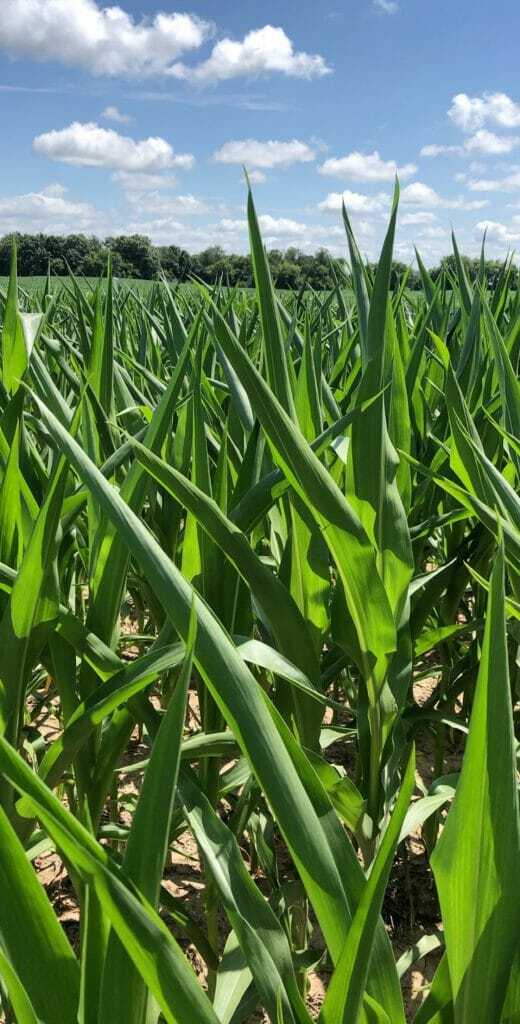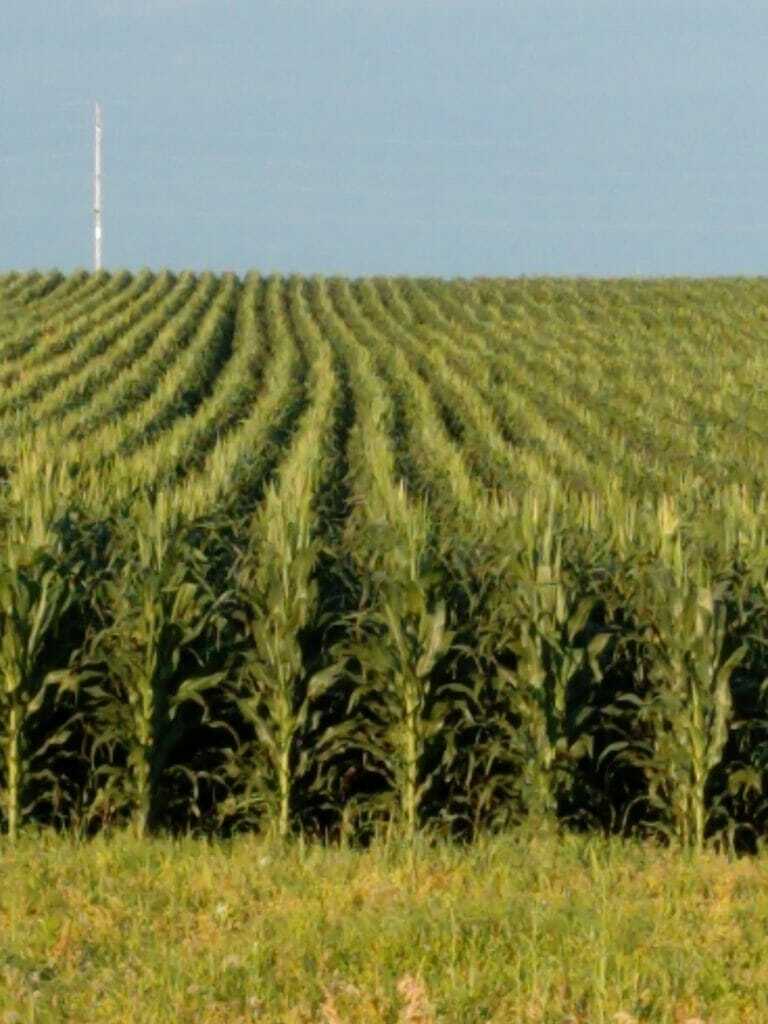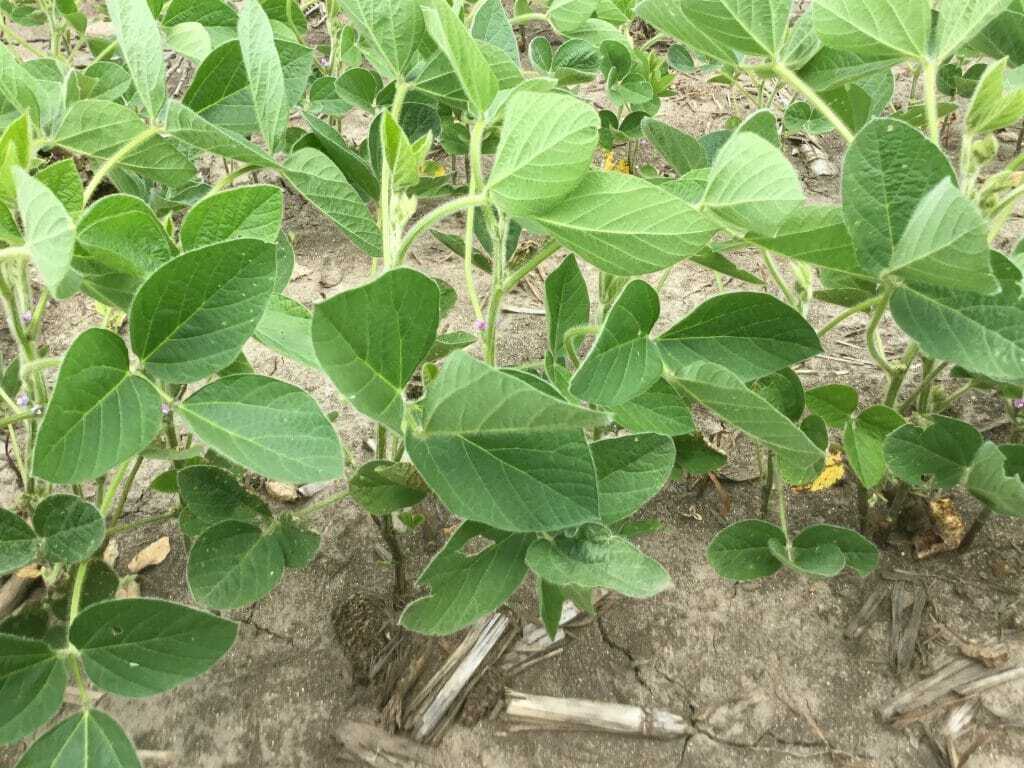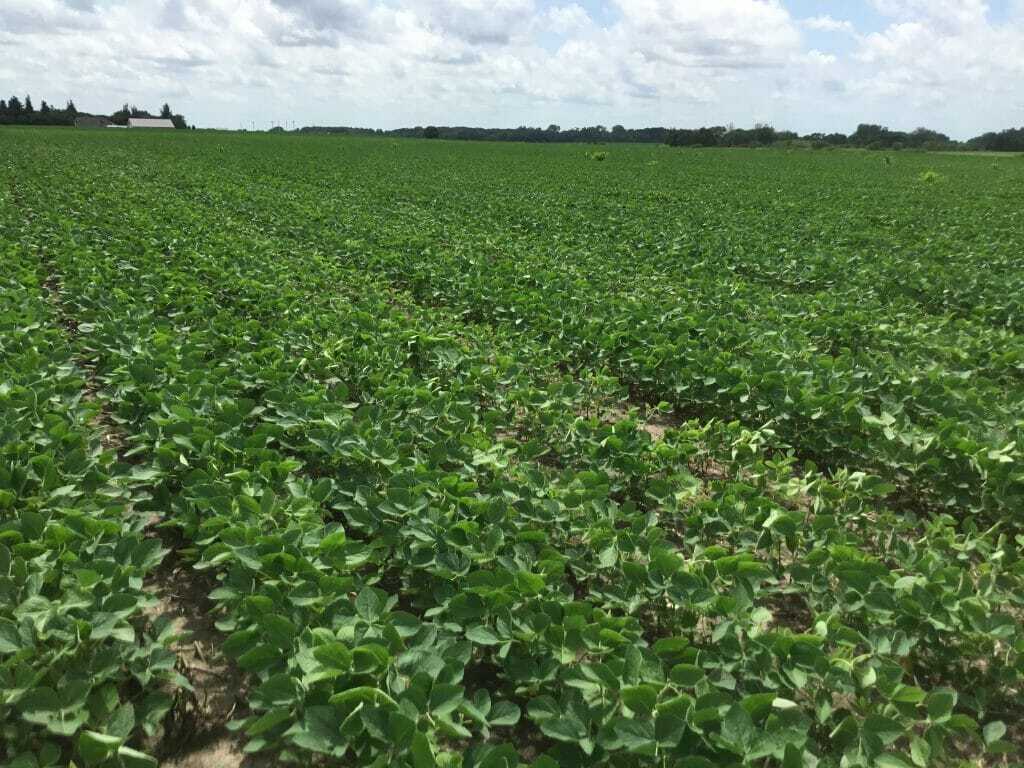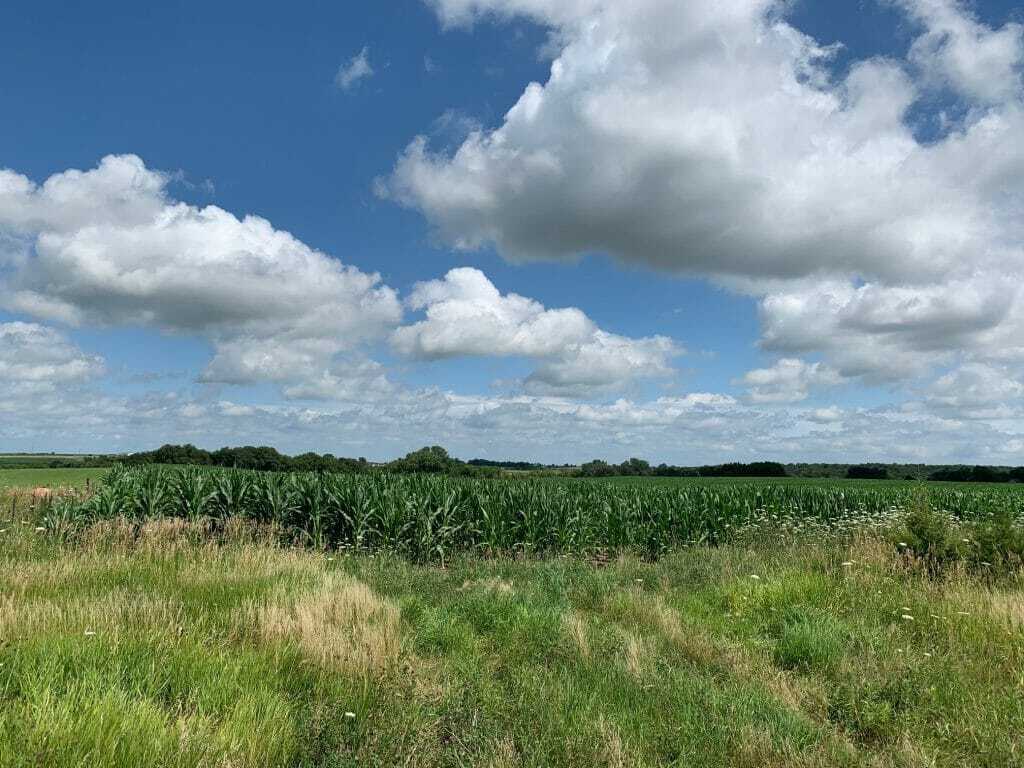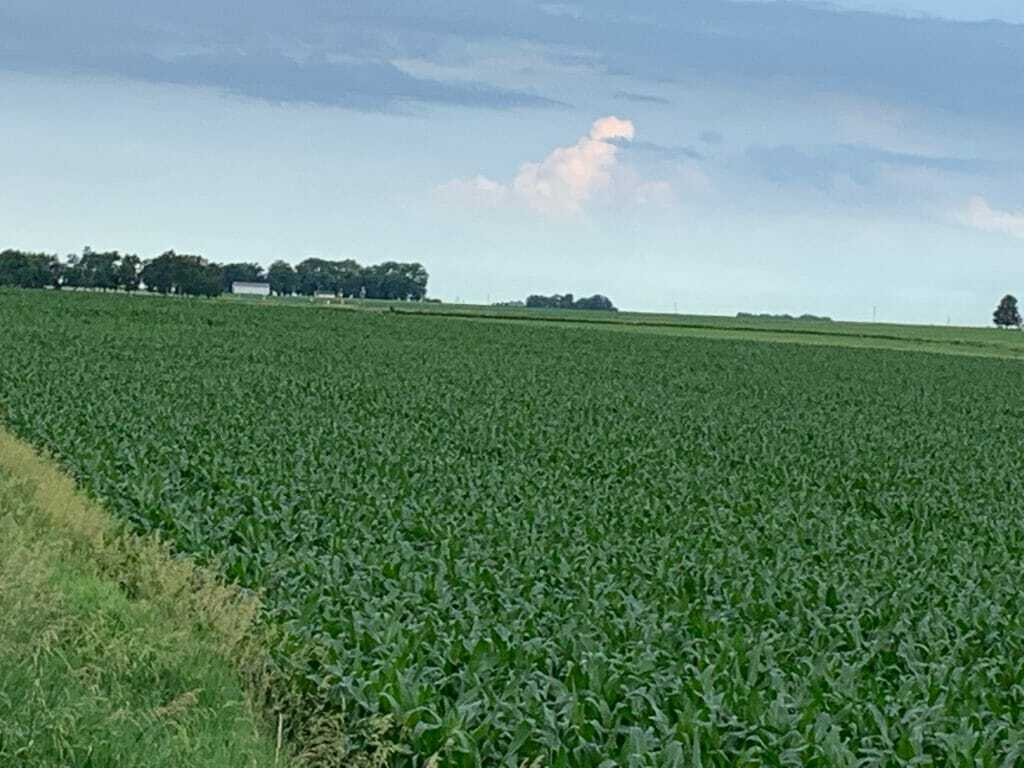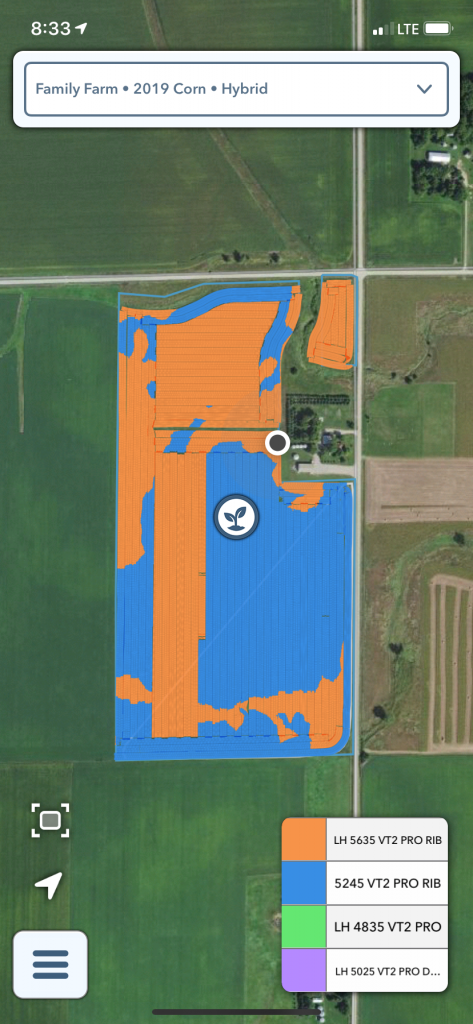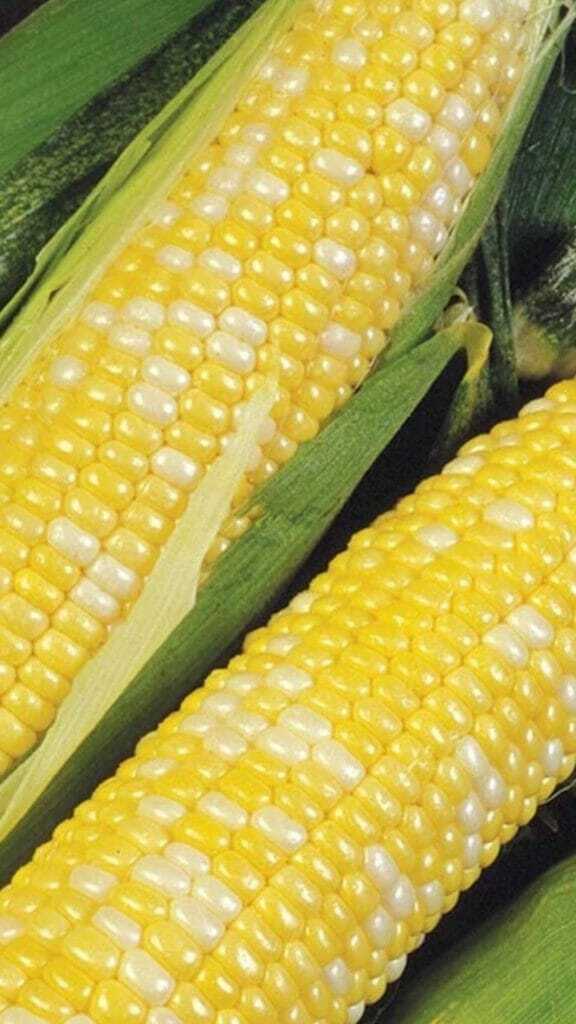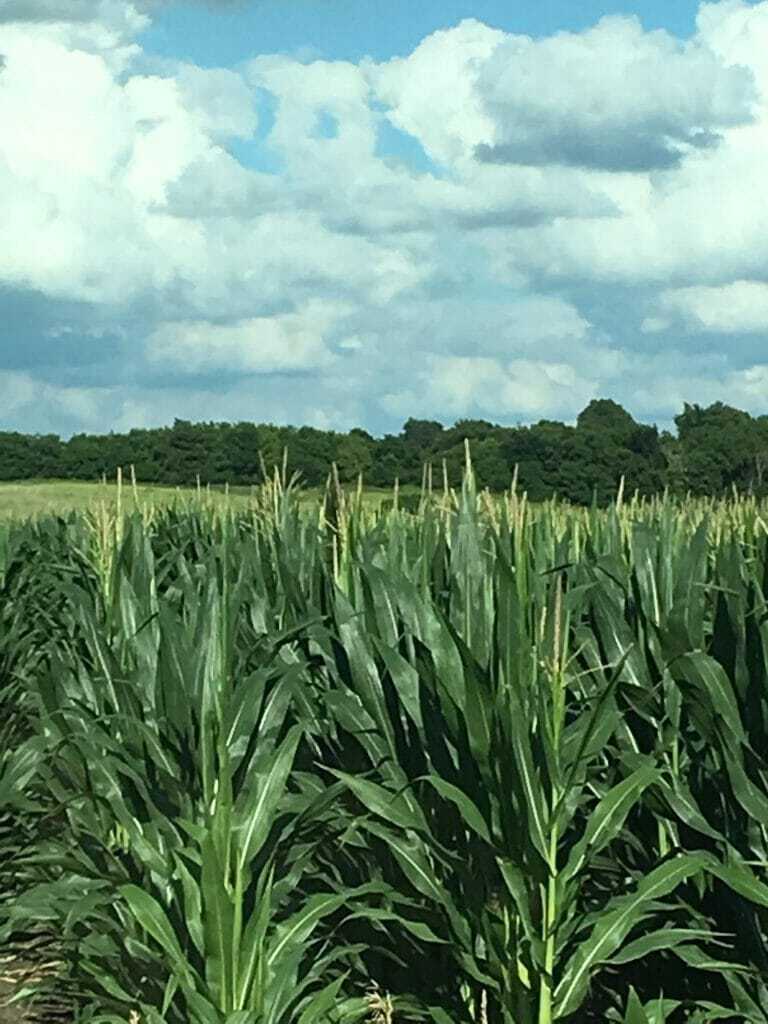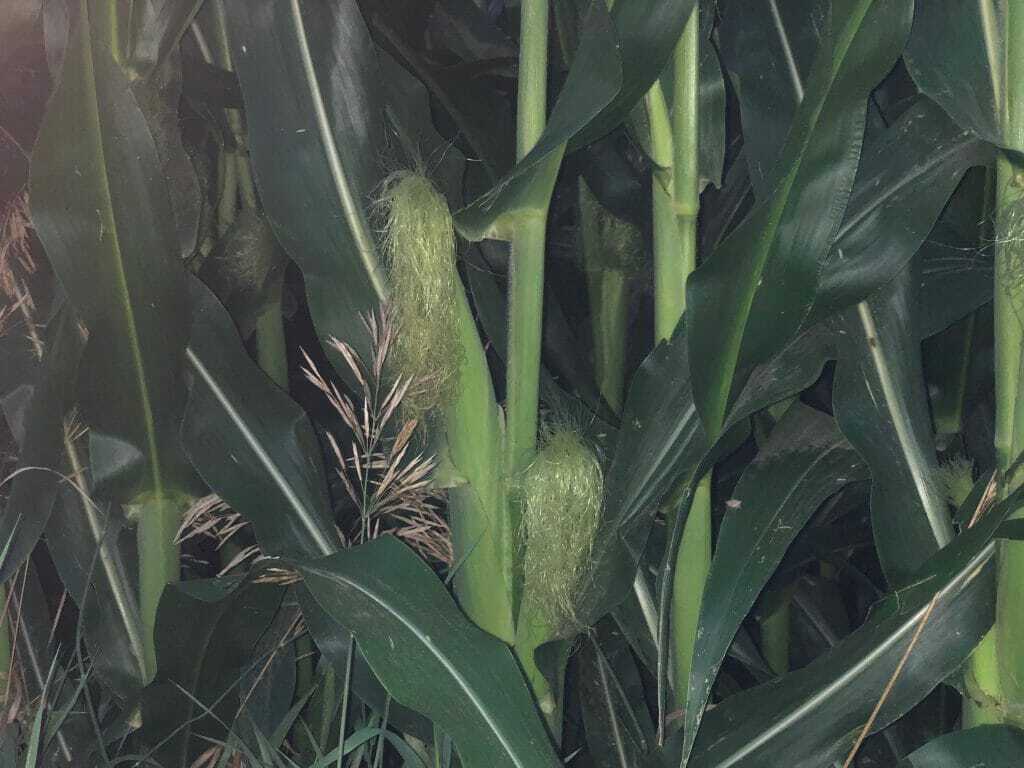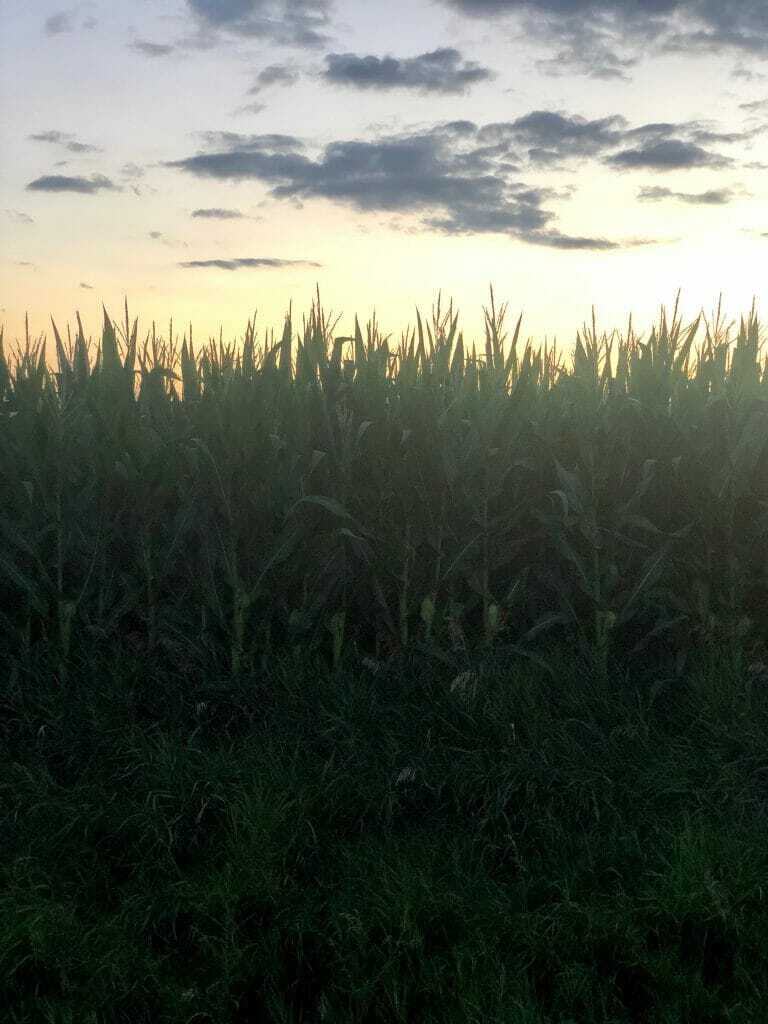Northwest North Dakota
Brian McNamee
We finally got the rain and heat needed to make the crop flourish in Northwest North Dakota. It’s turning out to be one heck of a year for alfalfa. I’m already seeing bigger than normal stacks in the yards, and it’s good to see! A lot of cow/calf operations were running on empty this spring.
Wheat is starting to turn and harvest could start less than two weeks. There will be some huge swings in yields, depending on seeding dates. Early crops could be under 30 bushels per acre (bu/A) while the later stuff looks like 80 bu/A or more. It’s crazy to think this two-week window could mean $250/acre this year.
Southeast North Dakota
Gary Geske
The end of spraying season is near, but it’s never too late to apply the correct herbicides to the correct fields. We have many choices for herbicide traits for both corn and soybeans, and even more herbicide choices that may be used separately or in combinations. It’s a bad day when you see all your hard work this spring wilting away with a wrong application, so make sure planting maps are double checked before herbicide applications. It’s also a great idea to make sure your field entrances are marked with trait flags.
Southeast South Dakota
Ramie Coughlin
This week we’re looking at plant health below the surface. As a soybean plant’s cotyledons begin to turn yellow, a drop off the roots take over as the primary food and water source. We rarely apply nitrogen to soybeans, but they actually have a high demand for it. Soybeans get nitrogen through root nodules like these pictures. The nodules are formed from micro rhizobia in the soils.
To make sure your plants are getting the nitrogen they need, dig up a few plants. Make sure you can see white ball-like growths on the roots. Some are large and some are small. We like to see 3 to 5 large ones or 7 to 10 small nodules. Also make sure they are healthy, working nodules. Split it in half and look for a steak pink color. If it is green inside, it’s no good. Brown inside means it has run its course and is done.
Some soils have abundant mircro rhizobia, while others are lacking and require an inoculant is applied to the seed. The inoculant is live rhizobia and must be applied within a certain window before planting. Talk to your Latham Seeds Dealer or RSM to learn about the inoculant we offer.
Northeast South Dakota
James Keltgen
Warm weather continues to move along crop development across Northeast South Dakota. Soybeans are blooming and are finally growing through the Iron Deficiency Chlorosis. Corn looks like it will pollinate within the next week to two weeks. We have finally been on the drier side with only a few tenths of rain this past week. Corn is stunted and yellowing in lower areas due to standing water.
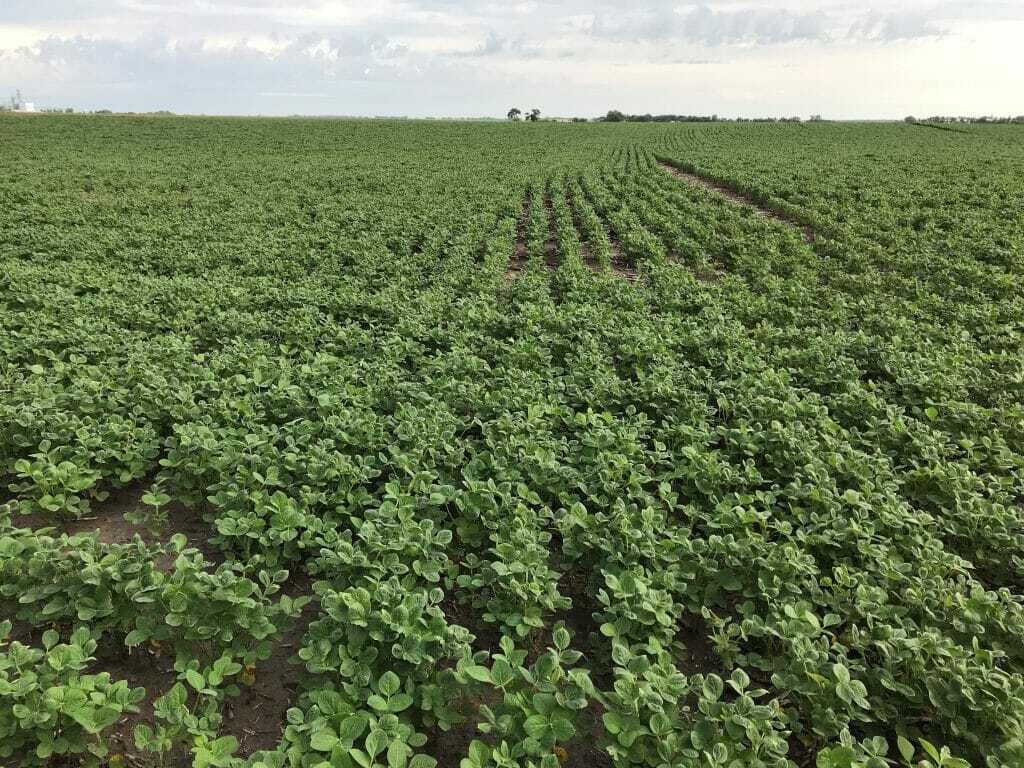
LH 3937 VT2 PRO RIB is about 2 weeks behind but looking good!
Northern Minnesota
Ken Highness
Latham® dealer Steve Gades stands In a field of LH 5402 RR near Morris, Minnesota. This corn has the flag leaf up and close to tasseling.
Southern Minnesota
Justin Prokosch
With much needed heat this last week, crops in the southern half of Minnesota are starting to shape up. Things look a little better than they did in recent weeks. This plot just south of Redwood Falls is an example of what heat can do to help the crop.
Northern Wisconsin
Joe Salter
Temperatures have been very hot and humid for the past week helping crops have grown rapidly. Many farmers in my area could use a shot of rain.
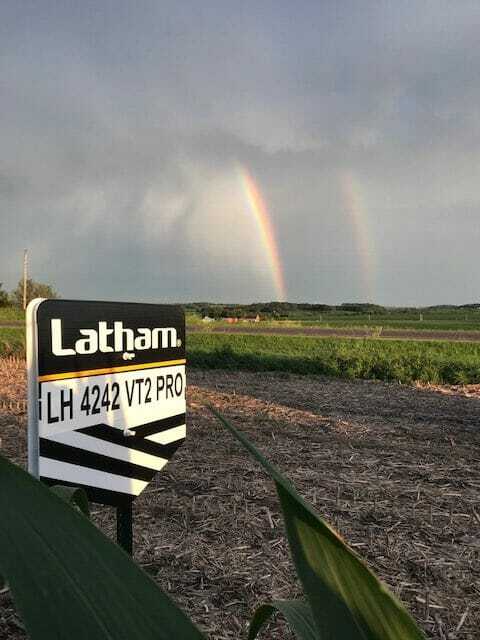 Pictured above is LH 4242 VT2 PRO.
Pictured above is LH 4242 VT2 PRO.
Although it is hard to see in the photo below, there is significant variability in this plot and it’s not just due to different hybrid numbers. There are about 14 hybrids in this Latham SuperStrip™ plot, which tests existing and experimental products. What I love about these plots, is good or bad, we get a first-hand look at some of the potential up and coming genetics in our lineup.
Southern Wisconsin
Greg Mair
As I look at the Latham® corn and soybean plots around my territory, I can honestly say that I can’t wait until harvest! Our SuperStrip™ plots test products that are in our current lineup, as well as experimental numbers. It will be exciting to see which technology will be chosen for our 2020 lineup. My early pick is L 2349 E3. This Enlist soybean variety appeared taller and healthier in all three of the plots I walked this week.
I never thought I would say it this year after the spring we had, but we could use a rain. In southern Wisconsin, one area hasn’t had measurable rain in 22 days. It might be the driest growing season there in four years. You can see the LH 5245 VT2 PRO is starting to curl up in the afternoon heat.
North Central Iowa
Cory Greiman
LH 4517 VT2 PRO RIB is just about tasseled near Garner, Iowa.
Northeast Iowa
Craig Haaland
Here is our new Enlist soybean L 2193 E in Mower County. Weather has been very hot and humid with some moisture here and there. Fields have started to take shape now that they’ve had some sunshine. Farmers are still spraying to control weeds, especially water hemp. Corn fields are getting closer to tassel stage.
Eastern Iowa
Jerry Broders
Corn continues to grow at a rapid rate and some soybean fields are starting to close their rows. Lack of rain over the last 10 days and temperatures pushing into the 90’s is starting to stress both crops.
Northwest Iowa
Darin Chapman
The corn in these photos was planted on what I would call the “good window” around May 7. With a heat index of 100 degrees the past week, corn has grown rapidly. Keep an eye on the root structure and watch for corn root worm pressure. I’ve spoke with several farmers who are applying an early dose of fungicide to their corn that has experienced a lot of stress such as hail, late planting, or replant.
The other photos show a glimpse of the on-farm hybrid placement research we are working on with Latham Hi‑Tech Seed’s Data Forward program. There isn’t a difference in leaf color in the photo quite yet, so you can’t physically see the different hybrids in each zone. This should start to change soon. We are excited to see the results this fall, so stay tuned!
Western Iowa
Larry Krapfl
A sure sign of summer is when sweet corn makes it on the dinner table. It was a long spring so I encourage you to take time and enjoy this summer season.
West North Central Iowa
Bart Peterson
Latham® LH 4240 conventional corn in Webster County looks good at full tassel.
Central Iowa
Bryan Rohe
Tassels have started to show up and will continue for weeks to come as planting dates were widespread this year. The tassel is the beginning of an important process that starts ear development, and protecting the plants during this time is vital. Stress during this point of plant development can slow down this process, reducing yields.
There are many diseases this year that could affect our crops, so I highly recommend applying fungicide to both corn and soybeans. Data shows fungicides pay by allowing the plant to stay healthy.
During the past three years, we have seen a yield increase of 9.8 bushels per acre on first year corn and 14.9 bushels per acre on corn-on-corn Fungicide actually allows the hybrid to dry down further and finish as designed.
The best time to spray fungicide on soybeans is R3 to R4. The average yield response to soybean fungicide during the last three years has been 3.9 bushels per acre.

